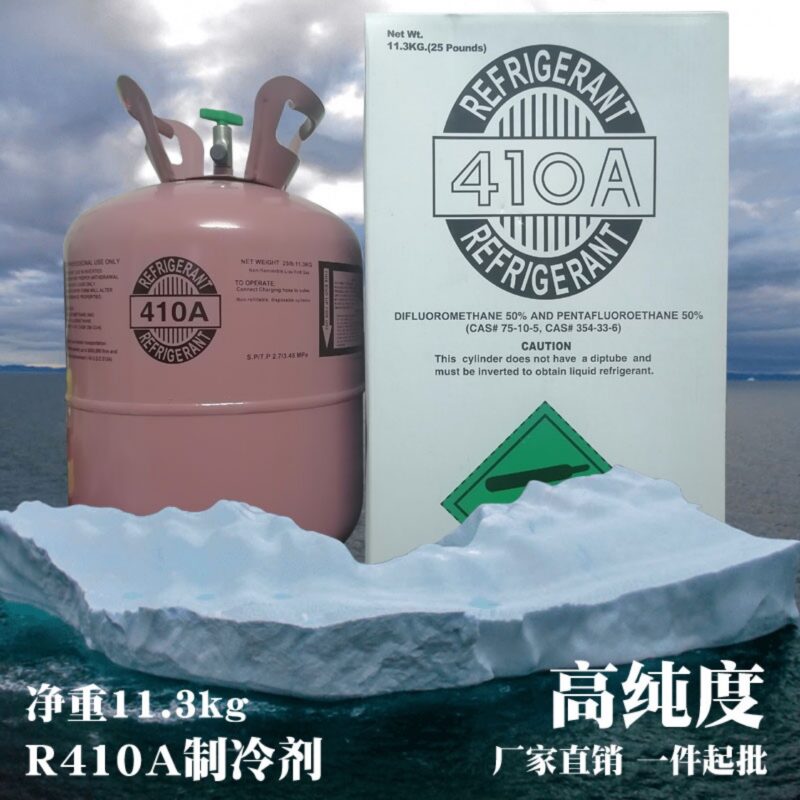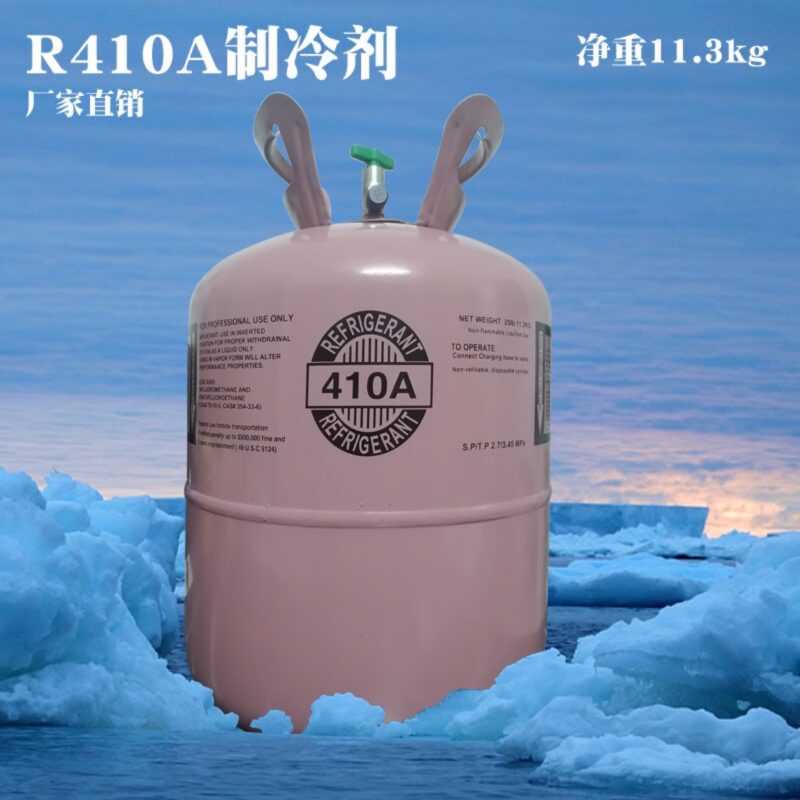Introduction: R-410A refrigerant has been a staple in the HVAC industry for its efficient cooling properties and environmental friendliness compared to its predecessors. However, recent discussions about its high global warming potential (GWP) and impending phase-out have sparked concerns about potential price increases and the future of cooling systems. In this article, we’ll delve into the GWP of R-410A , its phase-out timeline, and the potential impact on prices in the HVAC market.

R-410A Global Warming Potential (GWP): R-410A refrigerant, a hydrofluorocarbon (HFC) blend, has a GWP of approximately 2088 over a 100-year period. While R-410A is non-ozone depleting, its high GWP contributes to climate change when released into the atmosphere. The concern over its environmental impact has prompted regulatory bodies to seek alternatives with lower GWPs to mitigate greenhouse gas emissions.

Phase-Out Timeline: Several regions, including the European Union (EU) and the United States, have announced phase-out plans for high-GWP refrigerants like R-410A as part of broader efforts to combat climate change. The EU’s F-Gas Regulation aims to progressively phase down the use of HFC refrigerants, including R-410Awith specific quotas and bans on new equipment containing high-GWP refrigerants. In the U.S., the Environmental Protection Agency (EPA) has also proposed rules to phase down the production and consumption of HFCs, including R-410A.

Impact on Prices: The impending phase-out of R-410A is expected to have a significant impact on prices in the HVAC market for several reasons:
- Transition to Alternative Refrigerants: HVAC manufacturers and contractors will need to transition to alternative refrigerants with lower GWPs to comply with regulations. This transition may involve reengineering equipment, retraining technicians, and investing in new technologies, leading to increased costs.
- Supply and Demand Dynamics: As demand for alternative refrigerants increases due to the phase-out of R-410A, supply chain constraints and shortages may occur, putting upward pressure on prices.
- Regulatory Compliance Costs: Compliance with regulations and standards related to refrigerant management, equipment retrofitting, and disposal of high-GWP refrigerants may add additional costs for HVAC businesses.
- Research and Development Expenses: HVAC manufacturers will incur costs associated with research and development efforts to innovate and develop new cooling technologies using low-GWP refrigerants.
Conclusion: The phase-out of R-410A refrigerant, driven by concerns over its high GWP and environmental impact, is expected to lead to price increases in the HVAC market. HVAC stakeholders, including manufacturers, contractors, and consumers, will need to adapt to the changing regulatory landscape by investing in alternative refrigerants, upgrading equipment, and navigating supply chain challenges. While the transition to low-GWP refrigerants presents challenges, it also offers opportunities for innovation and sustainability in the HVAC industry.


